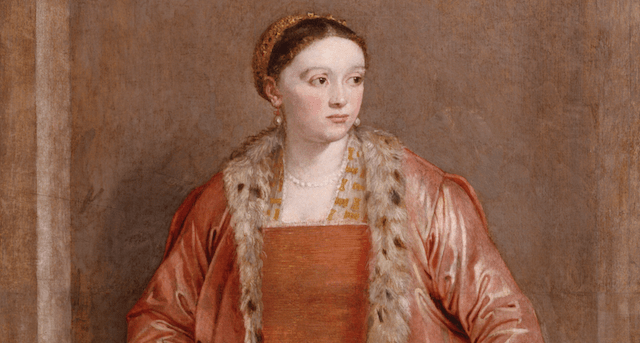Paolo Veronese (1528–1588) is one of the great painters of the Venetian School, often joined in an unholy trinity with Titian and Tintoretto. But he was not Venetian, and only arrived in the city when he was well into his twenties. His formative years were spent in Verona, hence his popular name (he was also known as Paolo Caliari, and before that as Paolo Spezapreda, in reference to his early training as a stonecutter, following his father and grandfather), which suggests a very different background from his two most famous confrères. He has also been categorised as a Mannerist, but this is more art-historical pigeonholing than useful elucidation. Veronese deserves to be looked at on his own as a painter of quite extraordinary originality and invention — which is precisely what the glorious new exhibition at the National Gallery, Veronese: Magnificence in Renaissance Venice (until 15 June), achieves.
Veronese has been called the greatest colourist that ever lived. Certainly he is one of the subtlest, with a sureness of touch and an eye for new harmonies that beguile the viewer whatever the ostensible subject of his paintings. For example, I found myself looking with great enjoyment at a figure group of much dynamism (in the gestures) and wonderfully contrasting textures of flesh and fabric, before realising that the subject was actually rather a gruesome one. This was in fact a scene of beheading, and I was looking at the pre-emptive strike that Judith makes on Holofernes in order to protect her home. But the crux of the tableau — virtuous woman defending both her honour and her homeland chops off head of lecherous Assyrian general — takes place at the far left of the picture, and the main focus is upon the palely luminescent Judith and her much darker female attendant.
These two dramatic figures are pictorially bound together by a brilliant interweaving of drapery and emotional and colour contrasts.








Comments
Join the debate for just £1 a month
Be part of the conversation with other Spectator readers by getting your first three months for £3.
UNLOCK ACCESS Just £1 a monthAlready a subscriber? Log in